September 28 - World Rabies Day 2019
The theme for World Rabies Day 2019 is “Rabies: Vaccinate to Eliminate'“– you can help by keeping pets up to date on their rabies vaccination.
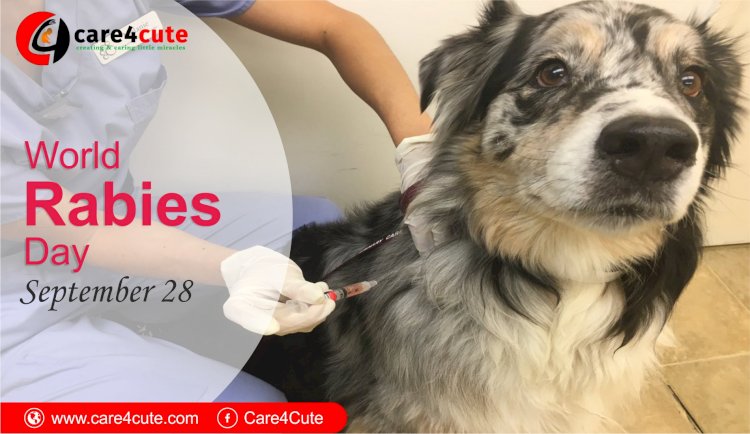
Every year, the World Rabies Day is commemorated yearly to spread awareness about rabies prevention and to underline advancement in defeating this horrifying ailment. This day is commemorated yearly on 28 September, which also marks the birthday of Louis Pasteur’s decease, the French chemist and microbiologist, who developed the first rabies vaccine.
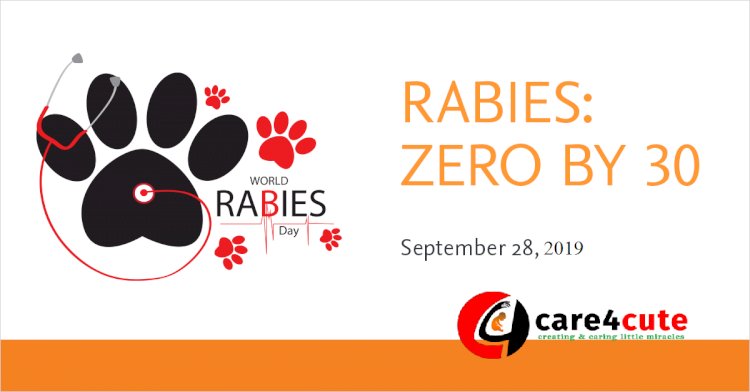
First, what is Rabies?
Rabies is a kind of viral ailment, which causes acute encephalitis (inflammation of the brain) in warm-blooded animals. The disease is zoonotic that means it can be transmitted from one species to another, more often in the case, from dogs to humans, generally by a bite from an infected animal. For a human, rabies is almost invariably fatal if postexposure prophylaxis is not administered prior to the onset of severe symptoms. The virus of the rabies disease infects the central nervous system, ultimately causing disease in the brain and death.

Also Read - World Zoonoses Day
The veterinary and human medical professions need to work together to combat this still avoidable disease which is still so prevalent in Africa and some Asian Countries.
World Rabies Day 2019 theme
The 2019 World Rabies Day theme is "Rabies: Vaccinate to Eliminate". The theme can be used to raise awareness at many levels, including:
- Ensuring dogs are kept vaccinated – as a reminder to dog owners, animal health professionals, and local governments
- Helping people in need seek and obtain PEP (post-exposure prophylaxis) – through human health professionals and educators
- Committing to the 2030 goal of eliminating rabies deaths – with national governments putting resources into rabies elimination
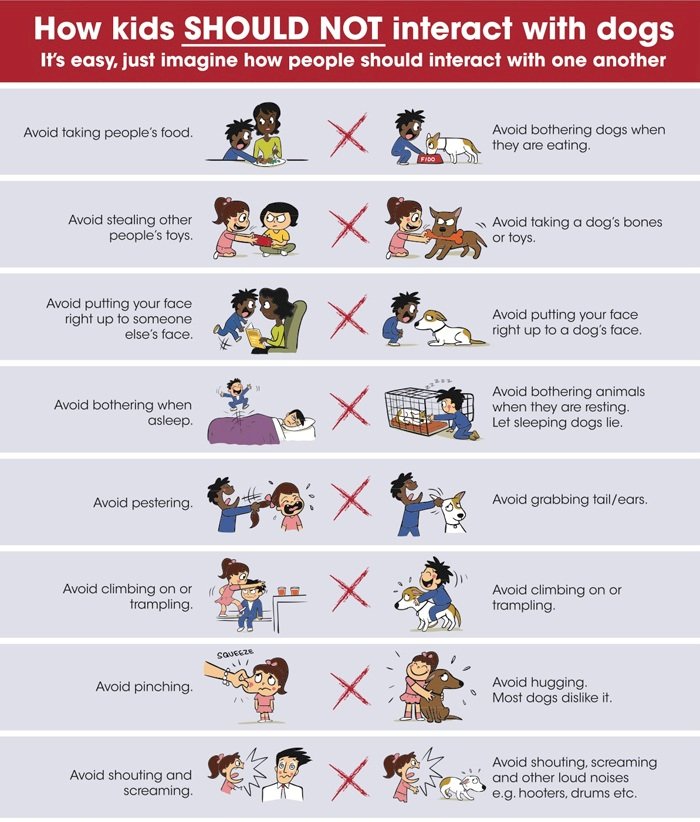
Rabies Sign & Symptoms
The sign and symptoms of rabies include fever, headache, excess salivation, muscle spasms, paralysis, and mental confusion.
People may experience:
- Pain areas: in the muscles
- Whole-body: dizziness, fatigue, fever, loss of appetite, or malaise
- Psychological: delirium, fear, or hallucination
- Muscular: muscle spasms or paralysis with weak muscles
- Sensory: pins and needles or sensitivity to light
- Behavioral: aggression or irritability
- Gastrointestinal: nausea or vomiting
The other common symptoms: anxiety, brain death, coma, difficulty swallowing, dilated pupil, drooling, excess salivation, headache, mental confusion, neck stiffness, or seizures
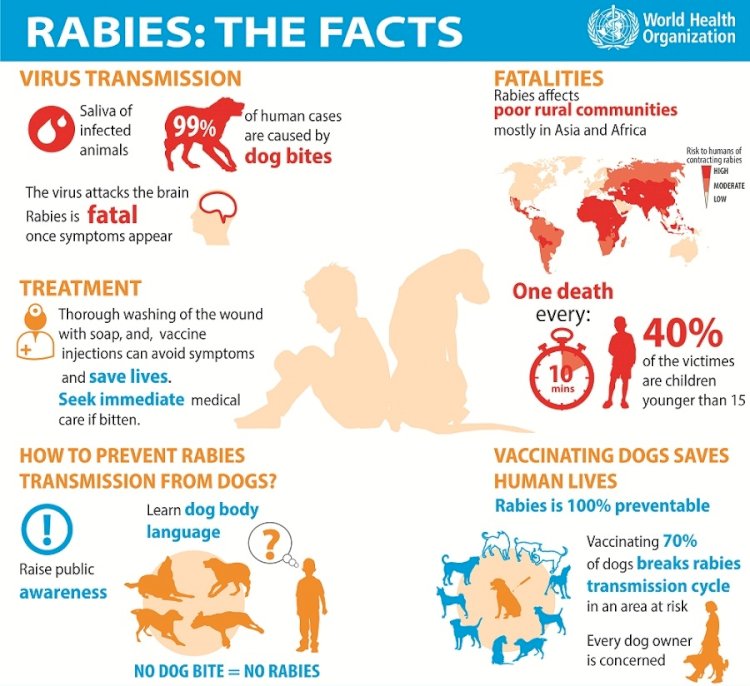
Rabies Treatments
Generally, rabies treatment consists of preventative measures. Look for immediate medical attention after a bite or suspected bite. There is no specific treatment for rabies. Once symptoms appear, it's nearly always fatal. A vaccine can prevent infection.
- Prevention
Rabies Vaccine - A vaccine that prevents rabies before or after an animal bite. Treatment must begin before symptoms appear.
- Medication
Blood transfusion - Blood components that are added to replace deficiencies within the bloodstream.
Antiviral drug - Reduces viruses' ability to replace.
- Medical procedure
Milwaukee Protocol - An experimental treatment for rabies that puts the person into a deep sleep (coma) and then medicates them.





























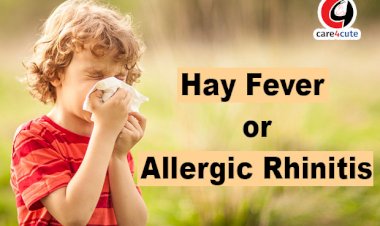



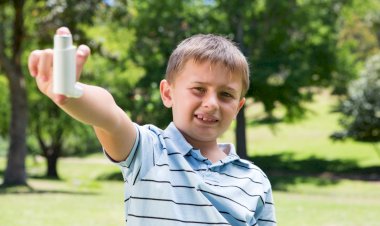



Comments (0)